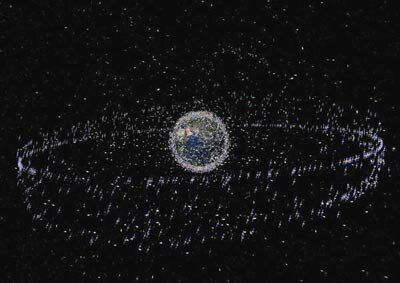Here's a question that just doesn't pertain to Dish, but concerns me as a Dish client...
When a satellite's useful life ends, do they just remain in their position, degrading from their GEO (Geographically Synchronous Orbit, does it take decades for this to happen, what's the timeline), or do they simply remain, for the most part as drifting space junk, polluting the space environment, creating dangerous environments for other existing satellites and manned missions?
Why aren't owner's required to maintain a certain amount of fuel to drive the failing, or simply ineffective satellites out of orbit and burn up on reentry in the atmosphere, thus freeing up real estate (slots) and reducing potential conflicts and danger?
When a satellite's useful life ends, do they just remain in their position, degrading from their GEO (Geographically Synchronous Orbit, does it take decades for this to happen, what's the timeline), or do they simply remain, for the most part as drifting space junk, polluting the space environment, creating dangerous environments for other existing satellites and manned missions?
Why aren't owner's required to maintain a certain amount of fuel to drive the failing, or simply ineffective satellites out of orbit and burn up on reentry in the atmosphere, thus freeing up real estate (slots) and reducing potential conflicts and danger?



